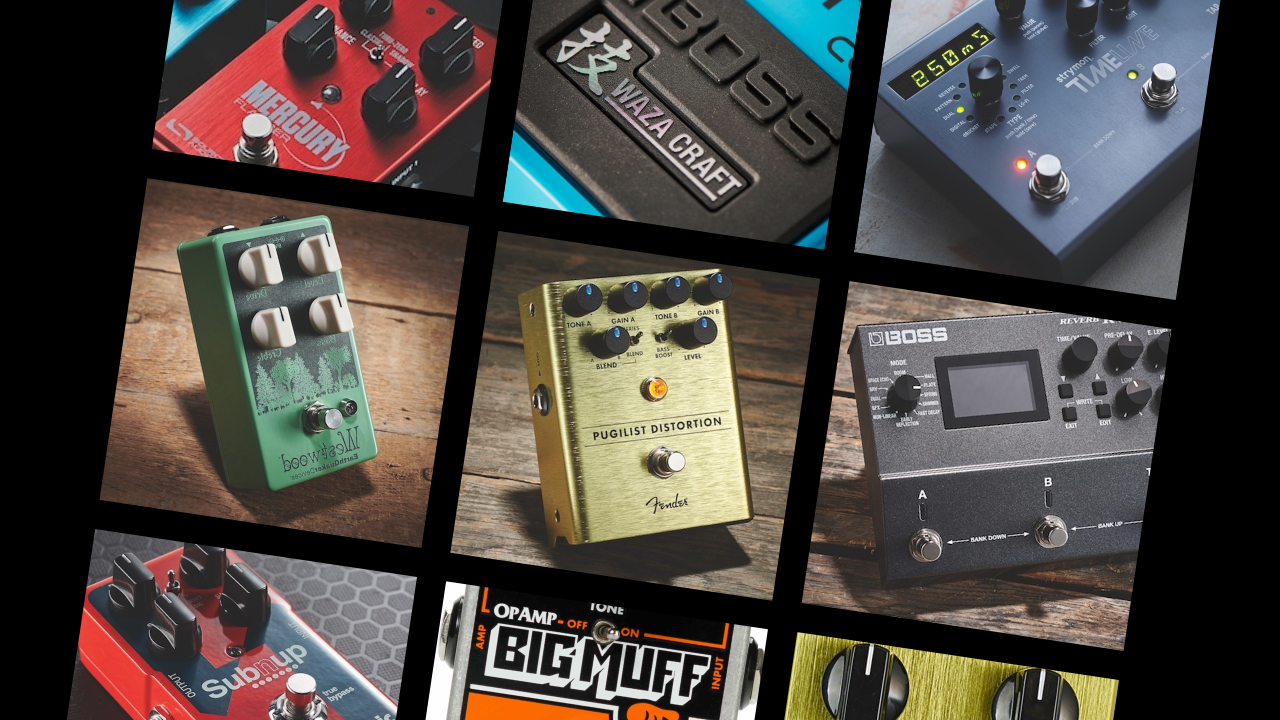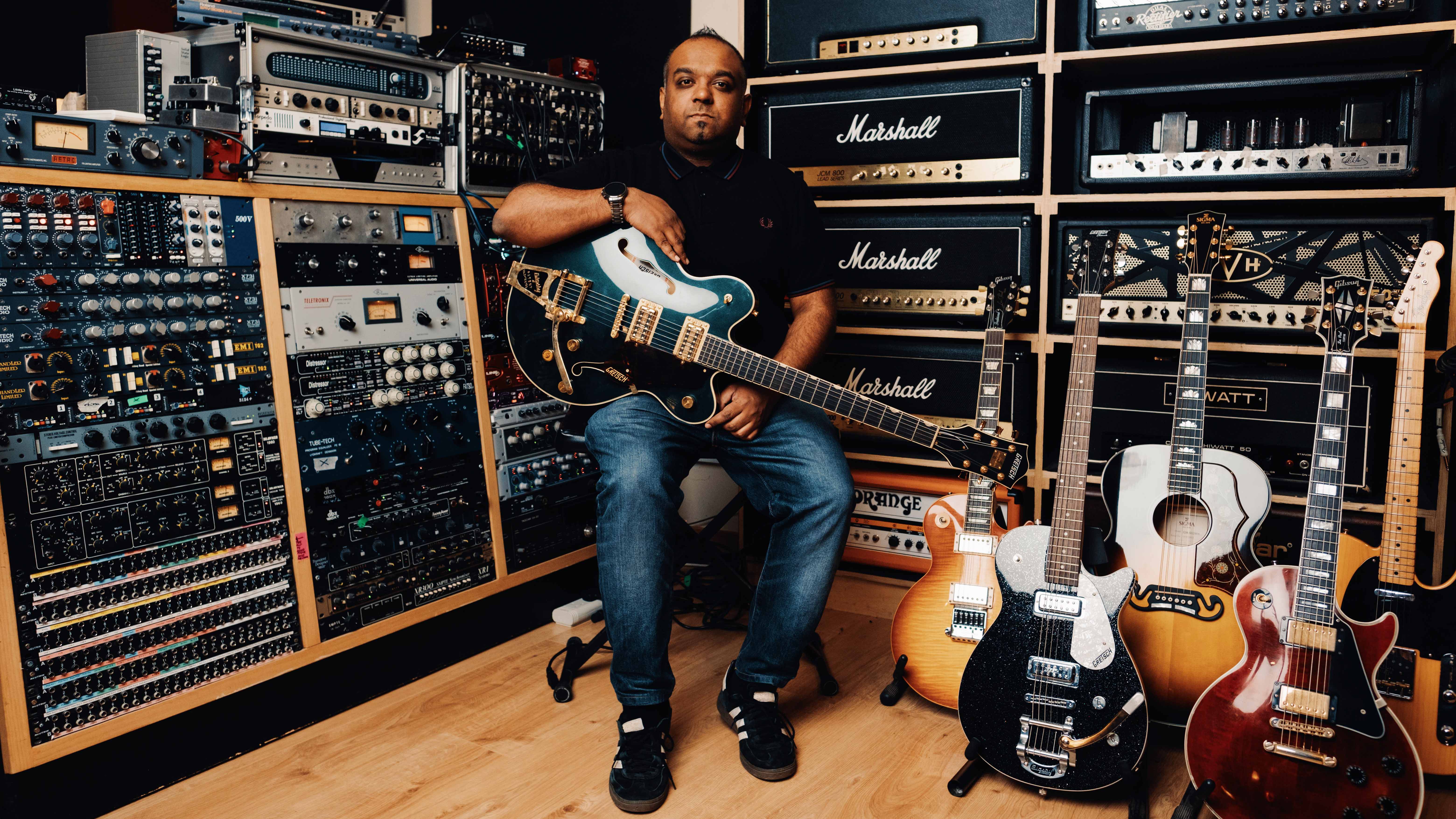
With more of us playing guitar at home now than ever, there's never been a better time to start recording your music. The technology to create and capture great tones has never been more accessible, so there's just one piece missing – your ability to do it.
That barrier is easily overcome. And in this feature producer Romesh Dodangoda will help you to get the best for your recordings with his insider tips on getting great tones.
Romesh doesn't just know about recording great guitar performances from working with the likes of Motörhead, Bring Me The Horizon, Funeral For A Friend and Twin Atlantic and many others at his Long Wave studios in Cardiff, he founded a whole online community called Control Room.
Control Room allows fellow professional producers and mixers to share their knowledge with beginners and experienced home producers. Plus a lot more.
"The idea came a long time ago as I used to get a lot of questions on the internet from people asking, “how did I get the guitar sound on X” or “do you remember how you eq’d this snare drum” etc.
"I thought all my answers would start clogging feeds for people who didn’t care and started to think there must be a better way. That’s when the idea for Control Room came about.
The amazing thing about it though is it’s not just about me now, there are so many incredible Grammy winning, number 1 selling producers, engineers and mixers in there now as well as people who want to learn cool stuff.
Want all the hottest music and gear news, reviews, deals, features and more, direct to your inbox? Sign up here.
"I’ve been making records for almost 20 years now but I still pick up some new ideas every day just from reading posts there"
"It’s transformed into the most positive and inspiring community now! I’ve been making records for almost 20 years now but I still pick up some new ideas every day just from reading posts there."
Members can enjoy some great benefits for a very reasonable subscription fee – join up and it will be a constant source of help and inspiration.
"The main thing is this constant flow of such valuable information that is shared in there," says Romesh. "I remember in particularly this one moment where one of the members asked about how he could recreate some of the effects and vibe on an Ed Sheeran song. Ten minutes later, the person who produced the song just said “I produced it, here you go” and just screenshotted the plugins and settings he used!
"Just being able to connect like that is so good, I love those moments. Aside from that we do lots of Producer Q&As where you can interact with them and ask questions.
"There's live streams, you can download multitracks to help you get better at mixing, and we do a ton of huge member discounts. For example there are up to 50% off mics and plugins in there. There’s also an amazing Sonarworks deal. It’s well worth it for the small subscription.
"The live streams have been really awesome," adds Romesh. "We did one recently with Chris Sheldon who was telling us all about mixing Foo FIghters' The Colour and the Shape.
"We just had Mike Crossey on which was just fascinating. It’s so great to hear about how he approaches his work with bands like The 1975 and also be able to talk to him and ask him questions."
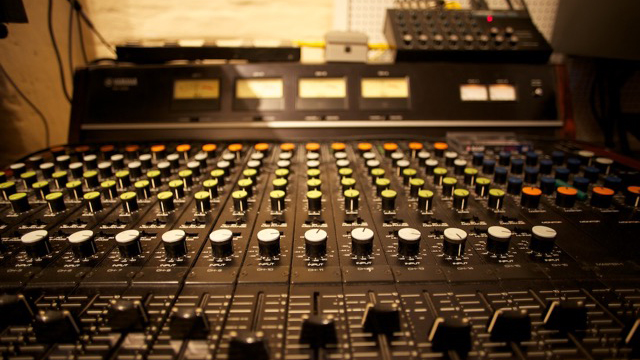
There's no doubt the lockdown from COVID-19 has both an immediate and long term effect on studios and the way they work, as Romesh knows first hand.
"I think producers, studios and artists will need to adapt and find ways to work safely"
"All my recording sessions are off at the moment but I have been mixing projects that have come in during the lockdown," Romesh explains. "I’ve been doing a lot of work for my Control Room audio community too."
But he's optimistic the recording community can navigate the challenges ahead.
"I think producers, studios and artists will need to adapt and find ways to work safely" he tells us. "There are changes that can be made to hopefully allow sessions to happen while still making records enjoyable to make. The Music Producers Guild have just issued a document of advice to help people plan for how to do a studio session safely."
And if you do have the opportunity to work in a studio with a producer in the future, Romesh thinks any experience you gain from recording yourself at home can pay off…
"I think it can be great. It’s not essential but it can help with knowing your parts really well and being tight (unless you’re in a sloppy sounding band!). It’s great to prepare as much as possible for going into the studio environment so those home recording setups are great to do just that.
"It means when you enter the studio, there’s so much more you can try out with your time."
There's also a lot you can do to at home too – and here Romesh shares with us the gear, approaches and mindset that can give you great results when recording guitars.
1. Invest in your interface


The best guitar audio interfaces to buy now: record your guitar at home
"Having a good audio interface is the best starting point really. Some people make the mistake of not using proper DI inputs which can make the amp sim not react very well.
"You usually need less gain than you think as well. Try and pick the guitar tone while the track is playing so you can see what the song needs, rather than just a tone you think is good.
"So a good interface, such as the Audient ID range is important. If you’re recording guitars or vocals, your interface will be one of the keys of a good quality input."
2. Monitors and mics matter

"A good set of studio monitors is also important. If you can’t hear what you’re doing properly then you may always be fighting a losing battle. A set from Yamaha or Genelec could be a great starting point.
"Sonarworks is also amazing to go with the monitors. This genius software will measure your room and adjust your monitors so you get a flatter response. Most bedrooms or rooms at home will probably have a big bass issue, or be really bright etc, this will massively help.
"A decent mic is important too. I find using mics like SM7B’s with the cheaper interfaces can introduce a lot of noise sometimes because those mics need a lot of gain. Something like an Aston Origin is priced pretty affordably and sounds great.
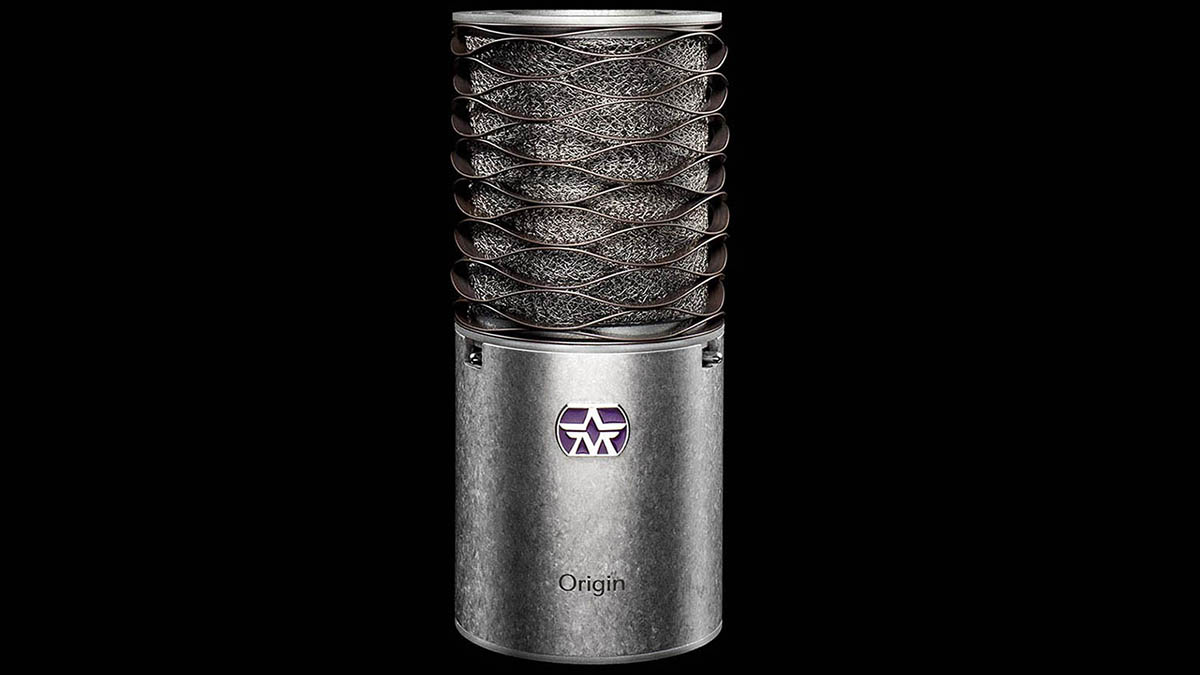
The best studio microphones for instruments, vocals and podcasts
"But if a guitarist is going to buy one mic, it's the mic that has captured most of the guitar recordings you’ve heard in your life time...the SM57. You will always get a good, useable sound with it."
3. Don't choose between plugins or amps – try both


Best guitar plugins: software to supercharge your guitar sounds and recordings
"I think plugins have come such a long way. In fact, I have one out! I partnered with STL Tones a while back when they released my Kemper pack. Sonny from STL got in touch with me not long after and approached me about doing my Tone Pack for their ToneHub plugin.
"We captured my pack using this new technology I have and it was honestly one of those moments I was grinning at my speakers when I got it back. It is really close to the real mics on my speakers.
"I still own the amps, I think there's definitely an edge using real amps for sure, but if you don’t own them or you need something solid to use without having to rent in amps and mic them up in your house, then it’s kind of a no brainer. It sounds awesome."
4. Commit to a sound as a starting point

"I spend quite a while getting a guitar sound with amps. I multi-mic the cab and those mics will go through my analogue processing. I will record the DI track always as a “go back” option but most of the time I like to commit the guitar sound we got.
"That DI is if we really need to go back and visit the tone again. I think committing to tones is a really good way to work though if you can do it."
5. Smaller amps have their advantages
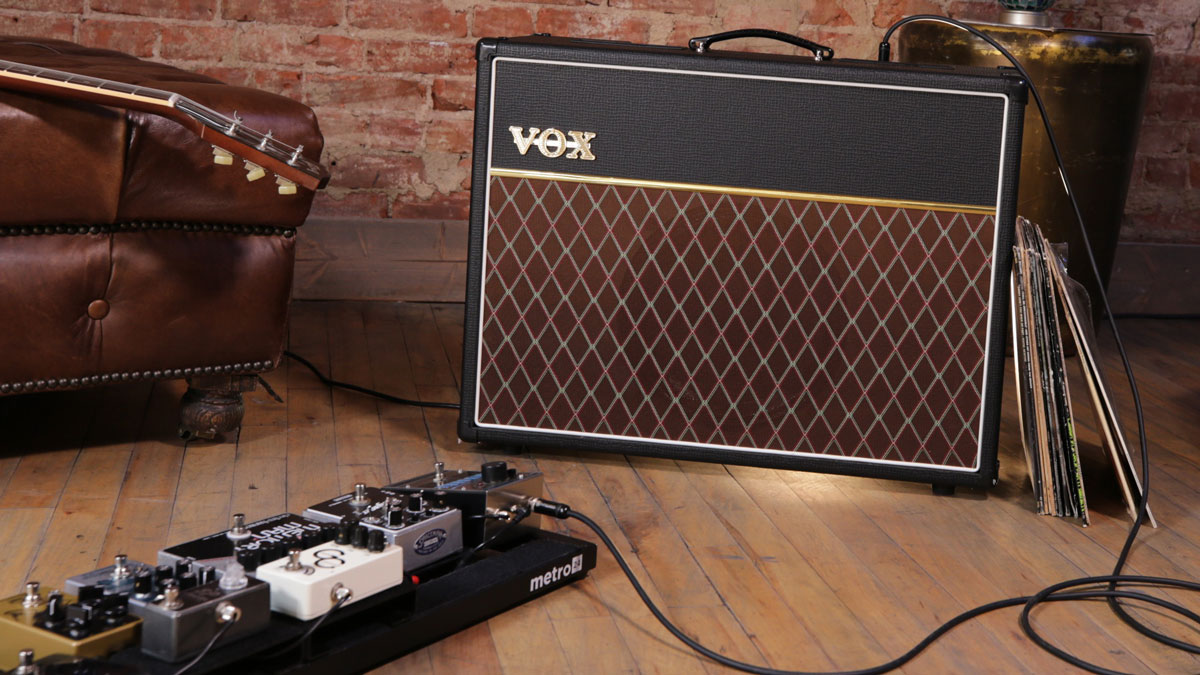

The 15 best guitar amps: our pick of the best amps for beginners and experts
"They are great, they have a different voice to a big 4x12. They can often be really good for cutting through something you’ve tracked using 4x12s.
"I have a Vox AC30 and a Roland Jazz Chorus combo which are pretty hard to beat for clean sounds sometimes! If you want quite a heavy, rock sound with some “beef” though, I think the 4x12 has that big sound to it.
6. You need less gain than you might think
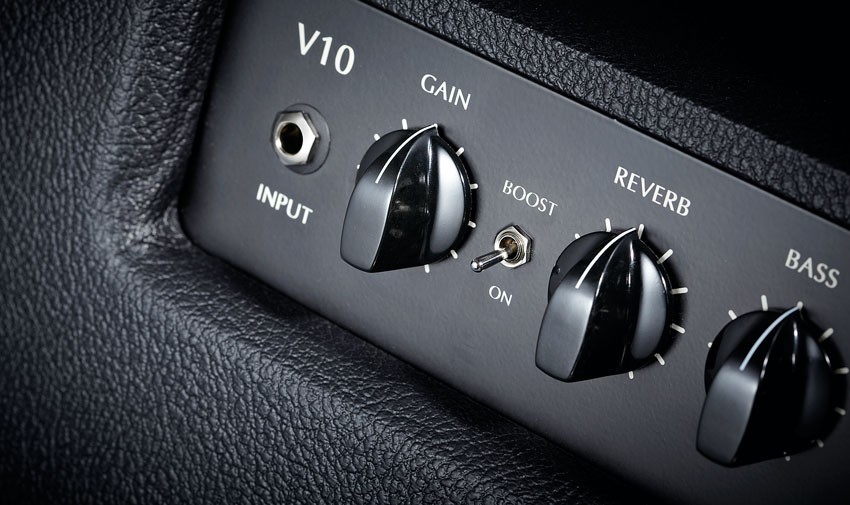
"There comes a point where you’re adding more gain and it’s just losing all clarity. I think it’s just a case of trying a bit less gain and trying a few amps and seeing which one still reacts to your playing well.
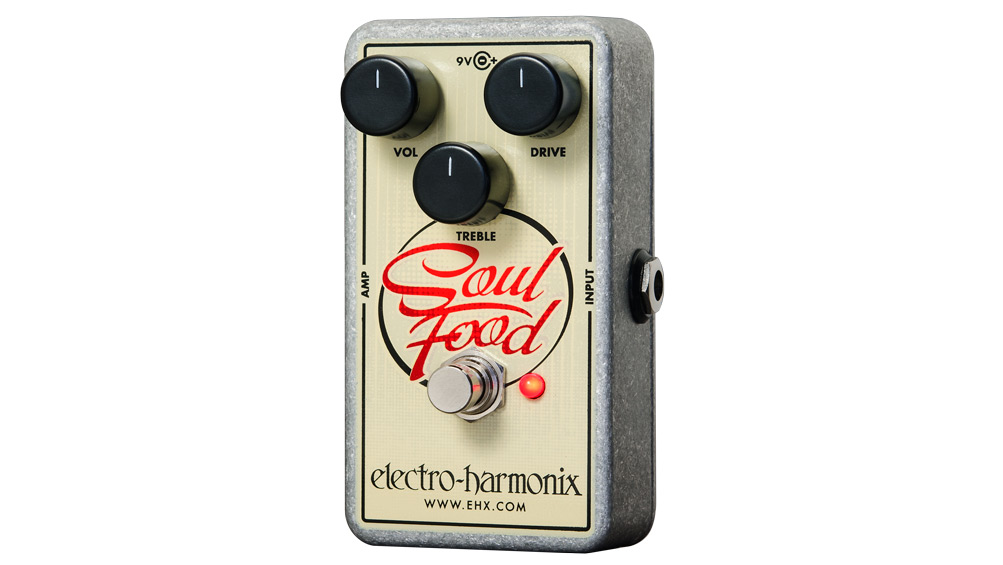
"Using something like a Tube Screamer on the way in can help push the tone a bit so it feels like it’s a bit more gainy.
"After recording Amo with Bring Me The Horizon, Lee Malia opened my eyes up to the Klon pedal and I went on a journey of finding the best clone after that. I bought a J Rockett Archer and I wish I had bought it years ago now!"
7. Your approach to tracking rhythm guitars can vary
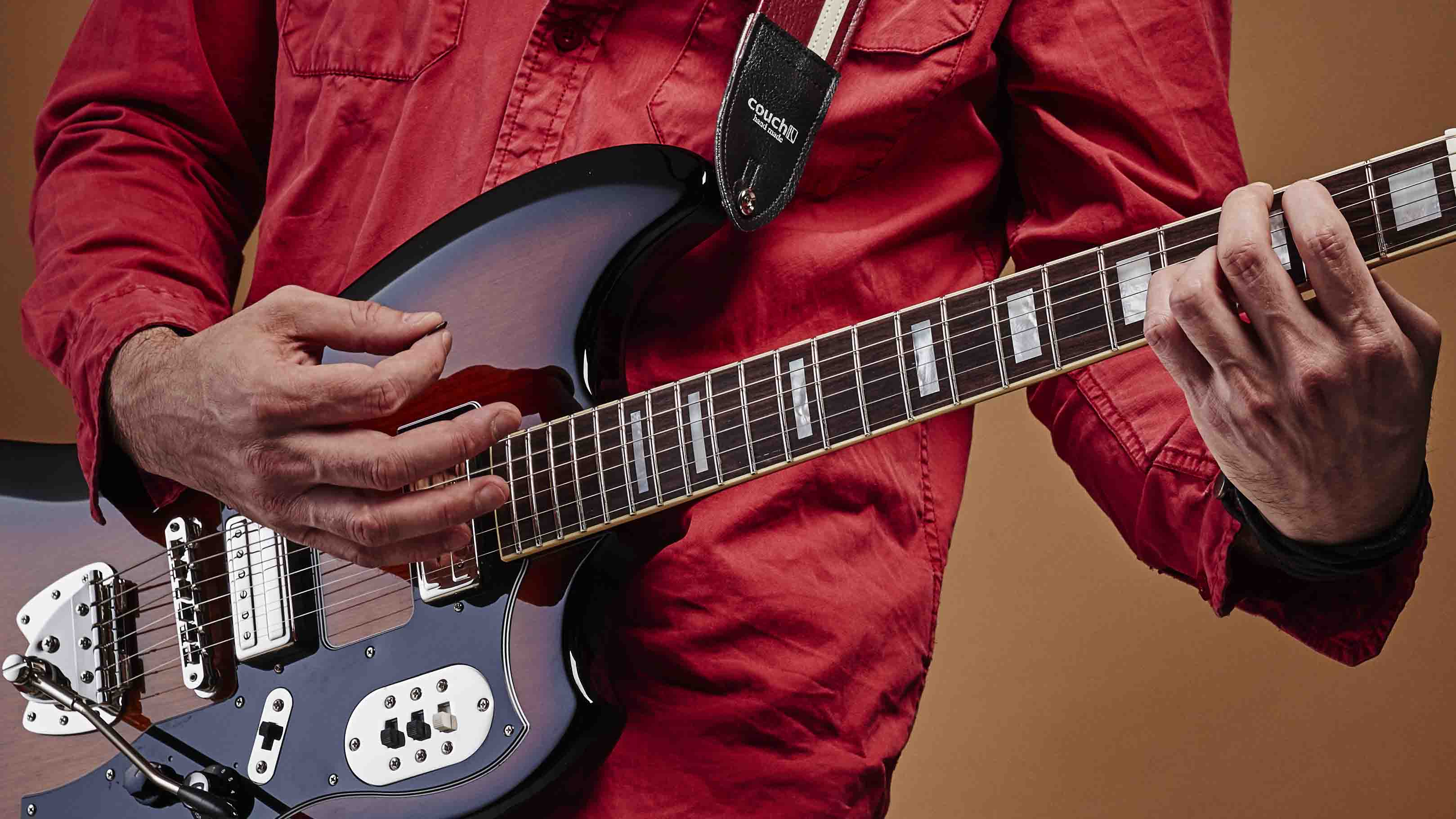
"Sometimes you can get make the guitars sound bigger though by using a different amp on each side"
"I think it depends on the song. If you want that symmetrical sound then use the same guitar and pickup position on both sides. Sometimes you can get make the guitars sound bigger though by using a different amp on each side. It won’t suit every song but it’s definitely a way to make things sound more interesting.
"If I'm looking for perfect tuning on both sides, I try and avoid a different guitar on the other side as it can sometimes cause some pitch issues. If it’s more of a rock thing though, sometimes you want that slight pitch wobble, it can make things sound massive."
8. The real secret to huge sounding recordings isn't guitars
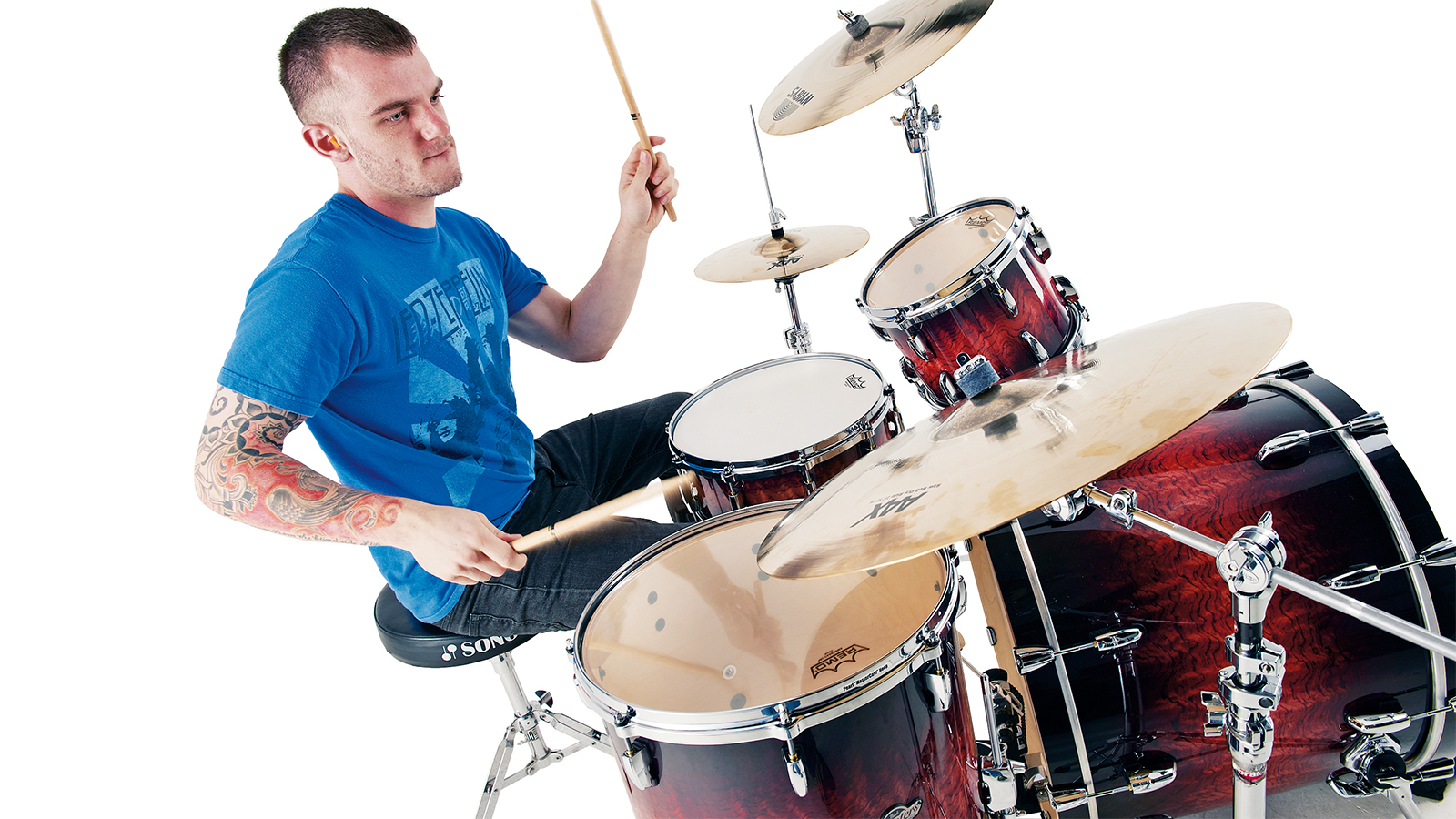
"If you spend time getting the drums to sound big and proud, everything else will fall on top so easily"
"Get the drums sounding good. Honestly! Most of the time guitarists feel like they need to pile on loads of overdubs is because the drums don’t sound good.
"You then spend the rest of the time piling all this stuff you don’t need ontop to cover it all up and make it sound better.
"If you spend time getting the drums to sound big and proud, everything else will fall on top so easily and you will notice that with less tracks, everything still sounds powerful and full."
9. Use a combination of mics
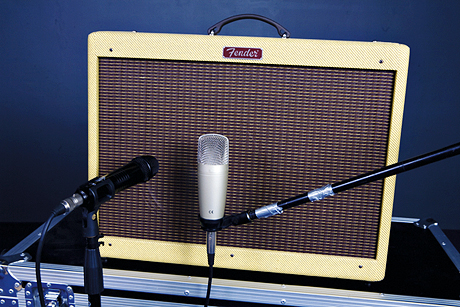
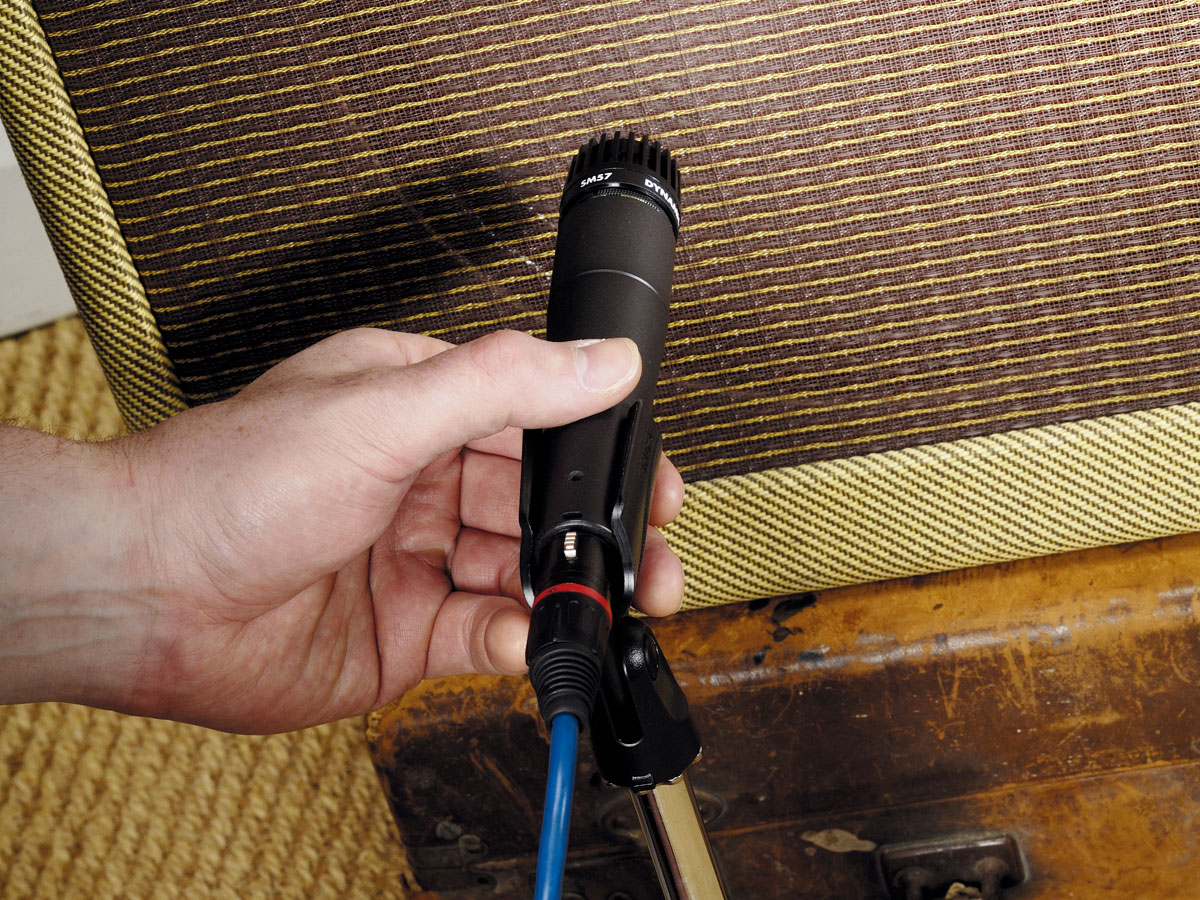
I’ll use a combination of mics usually. I’ll usually have a dynamic mic paired with a ribbon mic. I use the dynamic to get the brightness and attack, and the dark ribbon sound will give me more of the warmth.
"Pay attention to where you put these mics as if the phase of the two are working against each other, you may end up with a very thin sound."
10. How to record an acoustic guitar with one and two mics

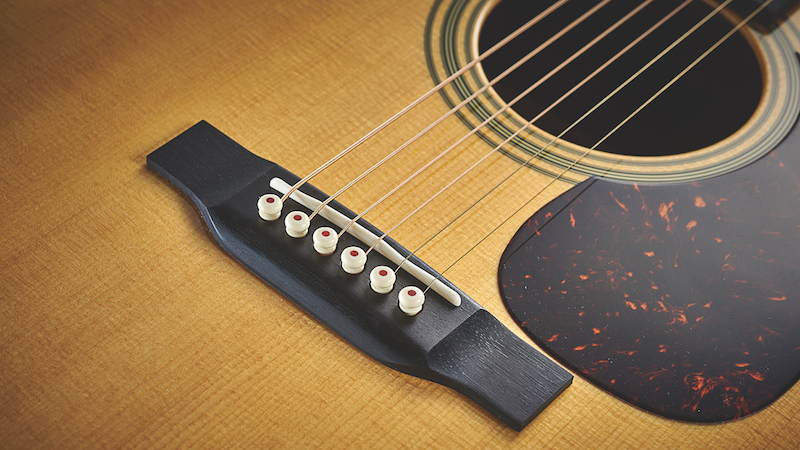
"For most of the rock music I do, I love big jumbo or similar sized acoustics. I also have a lovely Taylor Big Baby which I have set in a Nashville tuning.
"If I’m using one mic, then usually around 12th fret facing the soundhole for a balanced sound.
"I like to use two mics, one capturing the body for the deep big sound and the neck for the clarity.
"I would suggest a big way to alter the sound is to put some headphones on with the mic going through them and just swivel around on the seat and you’ll notice a difference in sound."
11. How to make an acoustic guitar shine in your mix
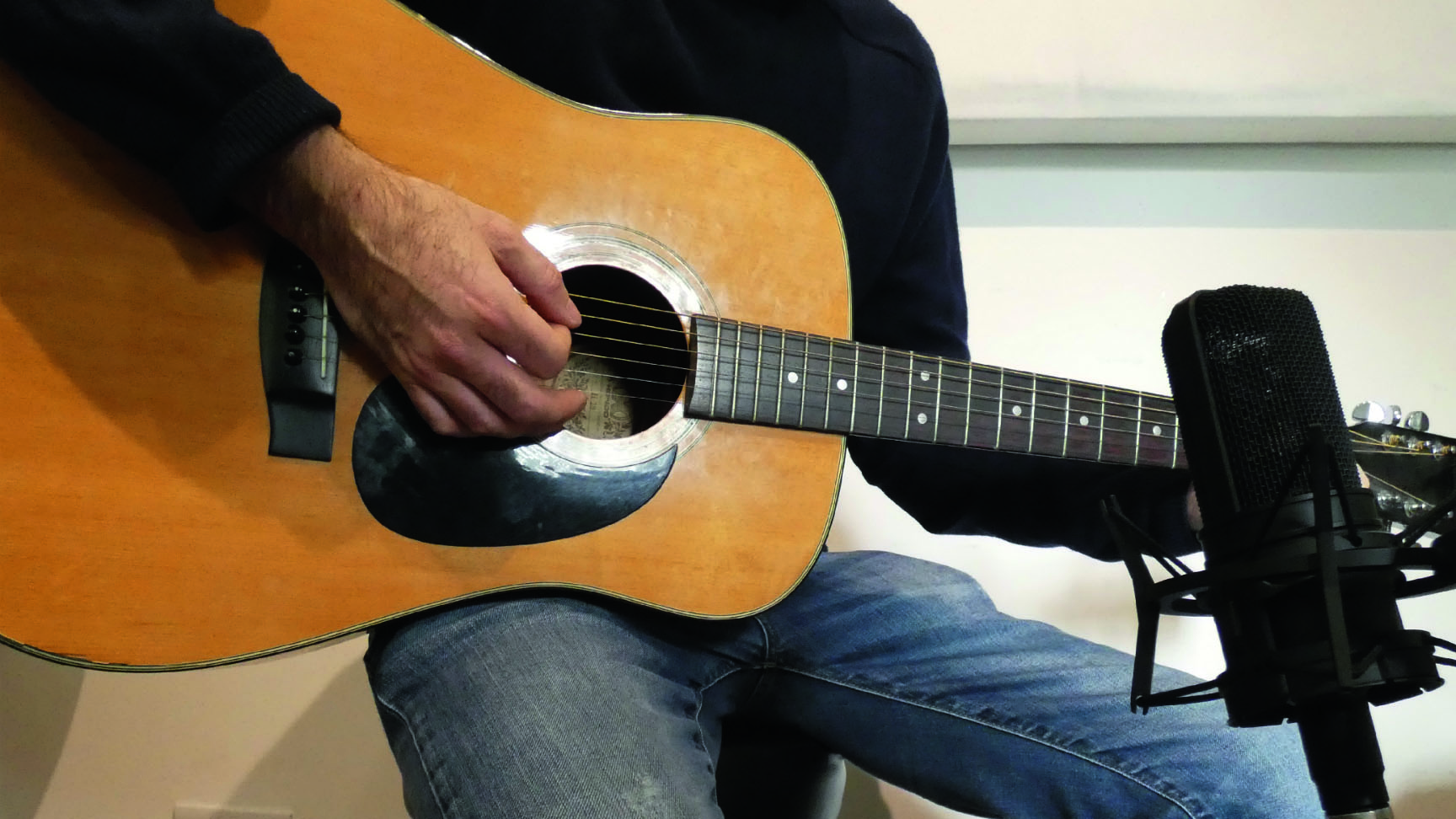
"The better you play the part, the easier it is going to be to sit in the mix. That’s the first important thing. You will always fight turning it up if the playing has got duff notes or choked strings in it.
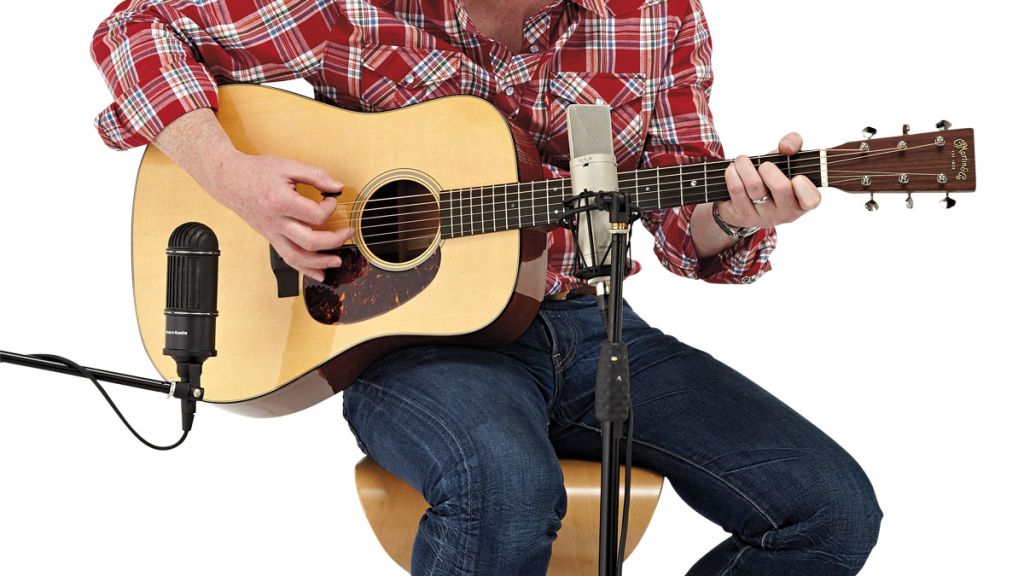
"The second thing is compression. Using something like the Plugin Alliance Opticom is a great example of a compressor that will hold things in place.
"I also use these amazing boxes by Roger Mayer called 456HD on acoustic guitars. They sound like when you hit a tape machine and I find once I run through those, I have to do very little afterwards to make the guitars present."
12. Create space
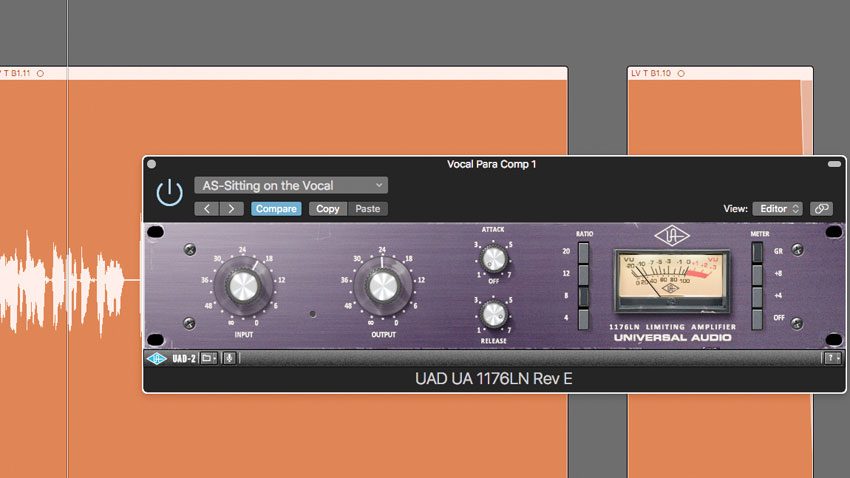
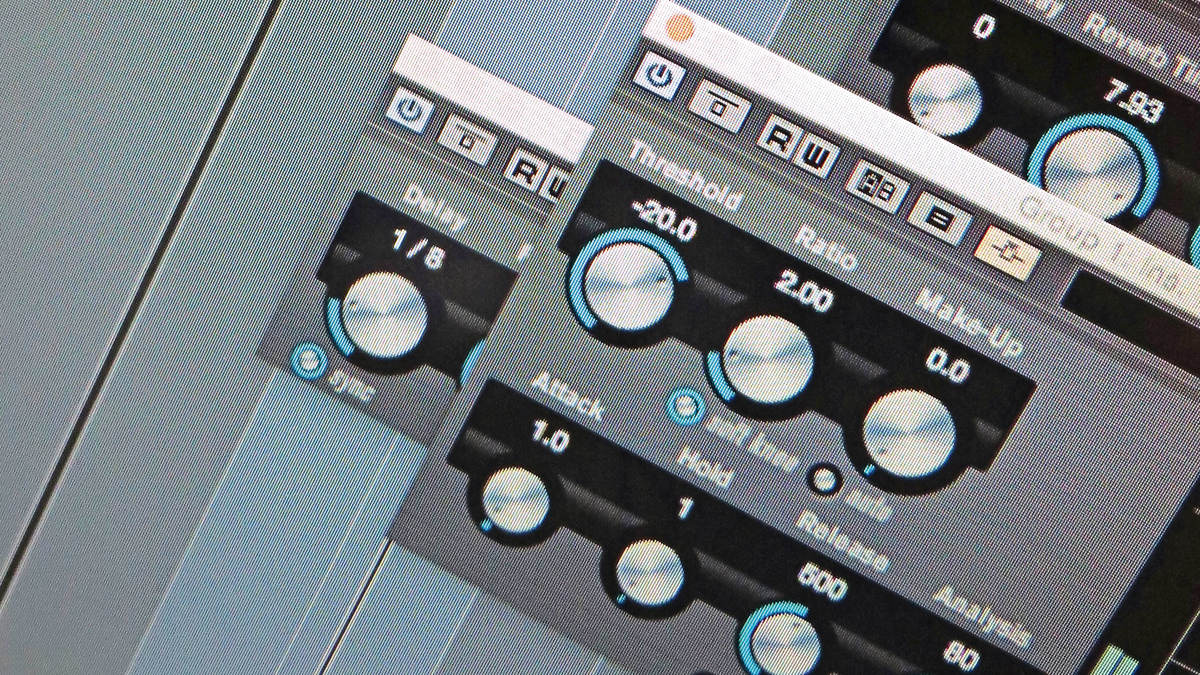
"I think everything needs space to work together. At the same time, I wont roll off lots of bass from the bass guitar though just to make the kick drum sit. I still want to hear the low end of the bass guitar!
"Sidechaining can be one technique you can use to help things sit better without carving too much out of the signal. I think a lot of finding space is down to the arrangement of the production. If you have loads of parts going on, then the vocal is never going to have space."
13. Mix your tracks without soloing
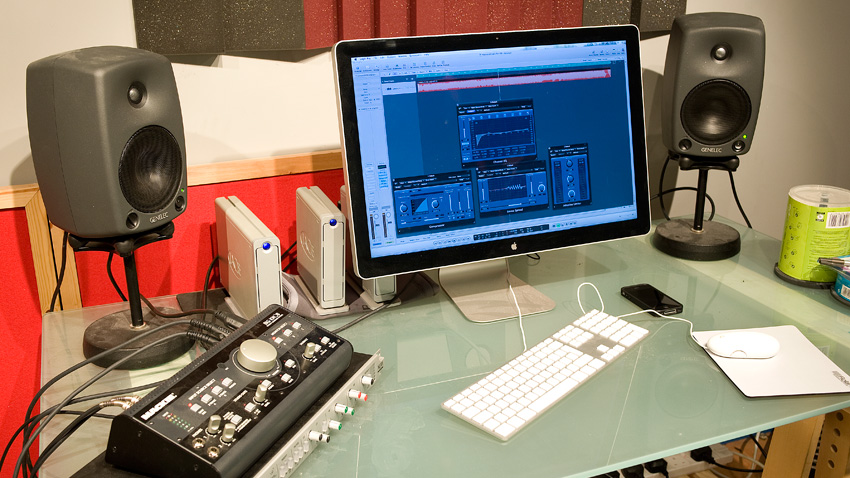
"Most of the time, when in the track, other elements of the track mask away the problems you heard in solo"
"No one is ever going to hear that guitar in solo, so why eq it in solo? I think you can really fall down a rabbit hole. I see people notching so many frequencies because they’ve sat there and listened to the guitar in isolation.
"Most of the time, when in the track, other elements of the track mask away the problems you heard in solo. You might also be cutting frequencies that the guitar actually needs to cut through the other elements."
14. Pan hard for big sounds
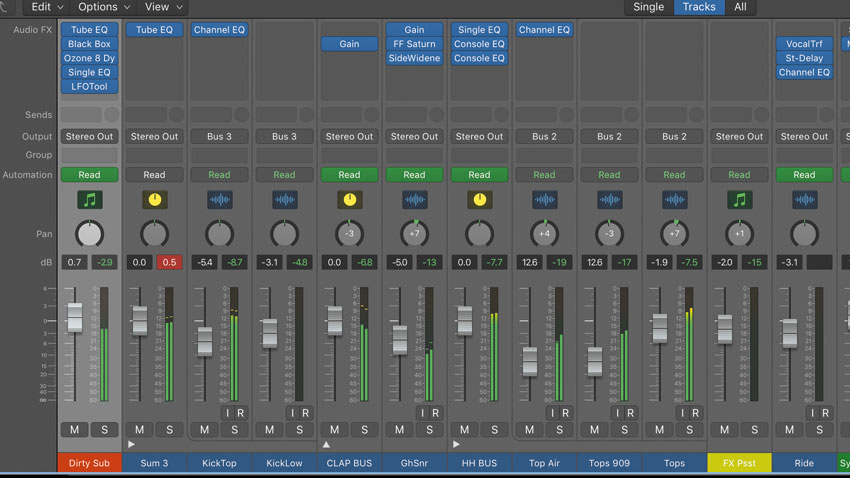

I’ll usually do the rhythm tracks evenly. I like quite big sounds so I’m often going hard left hard right. Things like lead guitars will be placed where I feel they work well in the track.
If a guitar is going down the middle, I still may pan it slightly out of the centre so the kick, snare, vocal and bass can have some focus still as they all live in the centre too.
15. You can add effects after tracking your guitar
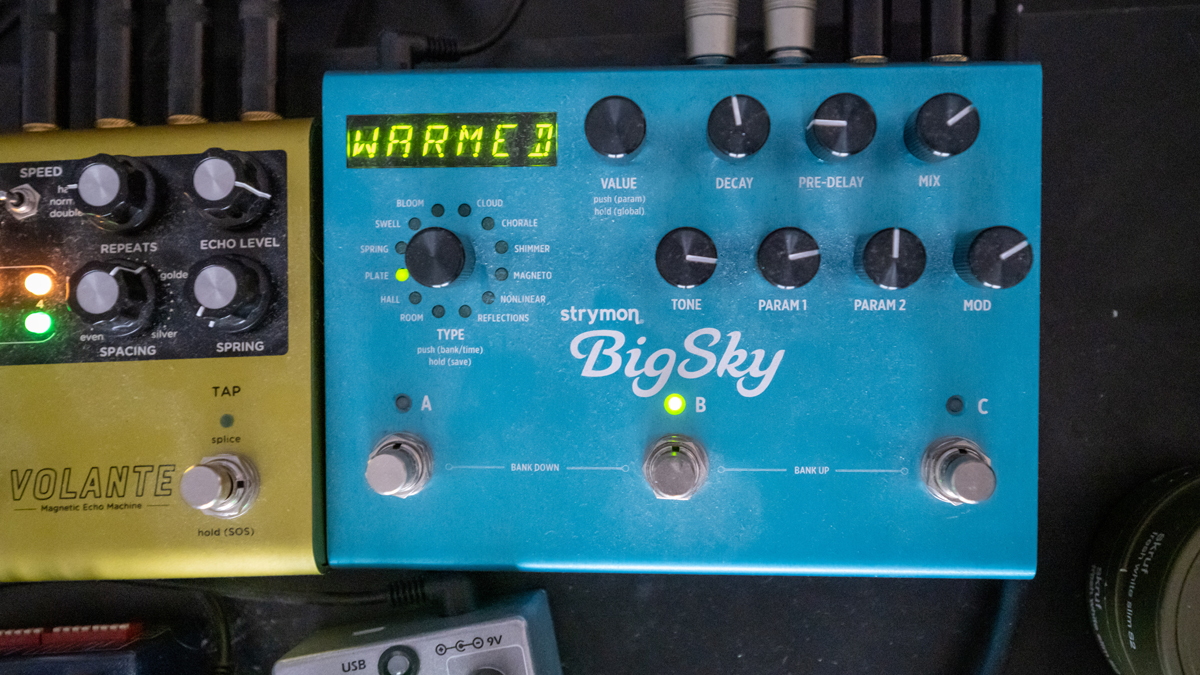
"It depends on the part. There’s a lot of times where the effect is as much the guitar part as the part it self. For instance, doing that Edge-style dotted delay or something. I want the guitarist to be playing that, so I’ll capture it. Plus it’s more fun, right?!
"There are definitely FX I might do after, especially when I’m creating some ambient textures for example or trying to get a single guitar to sound more stereo."
16. Effects are your recording allies
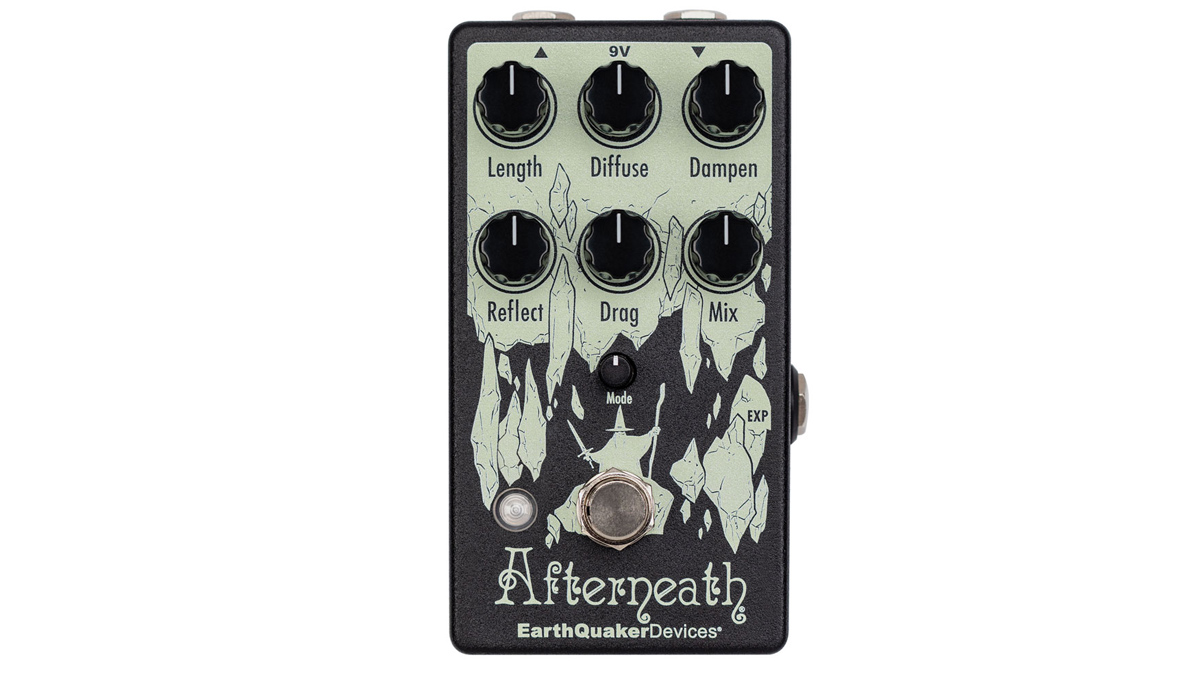
"I love pedals, I love creating unusual sounds with them. I’m a big fan of EarthQuaker Devices, those things just sound nuts. My favourites from them are Transmisser and Afterneath for big ambient washy sounds. I love the Electro Harmonix Mel9 too. That pedal is so good for turning the guitar into more of a keys layer.
"I have loads of Boss pedals too. I love the Space Echo pedal they did, and the new Waza Chorus they’ve done sounds so 90’s too. I love it."
17. How to reduce playing noise before you start recording
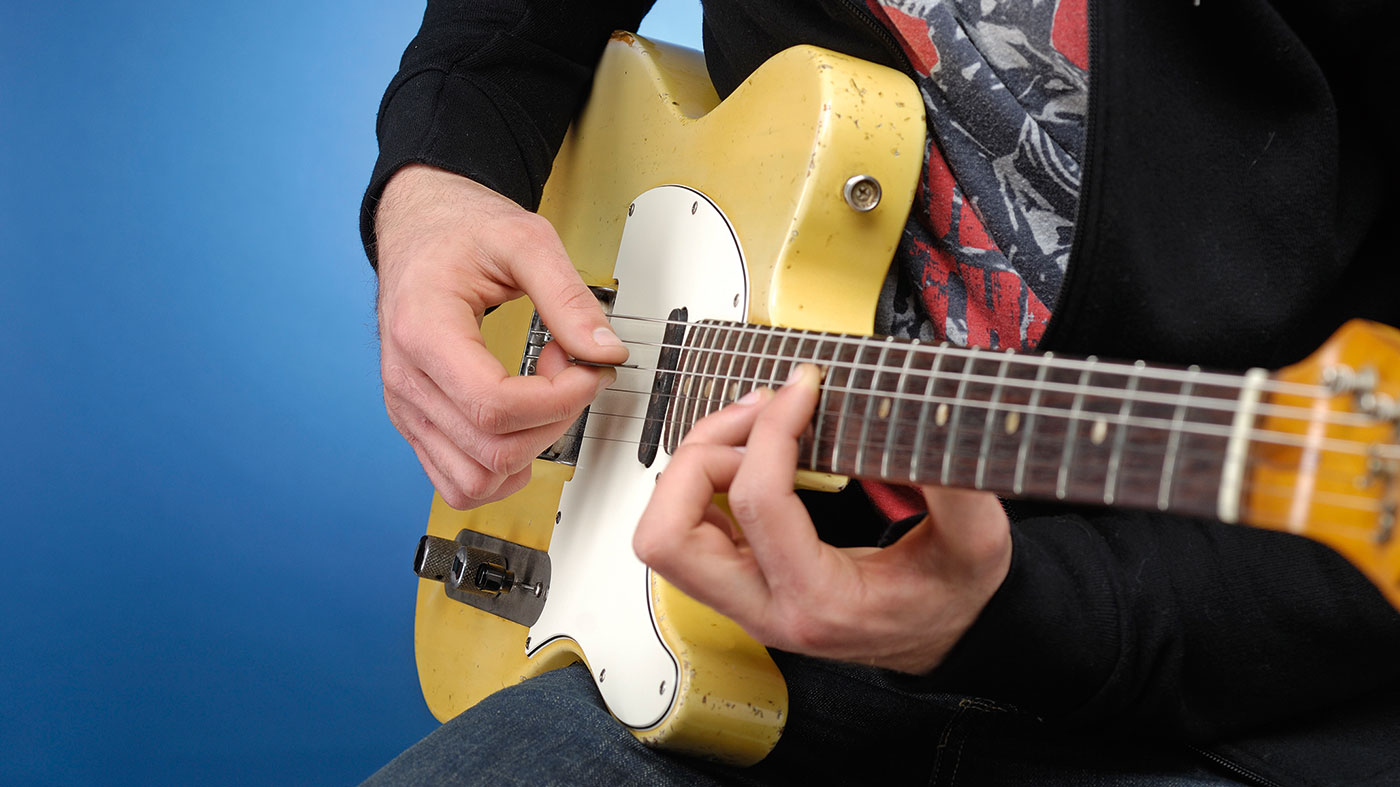
Look at how you’re playing it and where you’re playing it. A lot of guitarists tend to slide up and down the frets all the time when they can play things in one place using some different voicing.
Kris from Funeral For A Friend told me he practises riffs on an acoustic guitar so he can focus on how to play it as clean as possible. That tip always stuck with me as some good advice.
For more info on Romesh Dodangoda and Long Wave Studio, head over to romeshdodangoda.com
To find out more about the Control Room members community and join up (the first month is only £2 and then £5.40 p/month after), visit control-room.net

Rob is the Reviews Editor for GuitarWorld.com and MusicRadar guitars, so spends most of his waking hours (and beyond) thinking about and trying the latest gear while making sure our reviews team is giving you thorough and honest tests of it. He's worked for guitar mags and sites as a writer and editor for nearly 20 years but still winces at the thought of restringing anything with a Floyd Rose.
